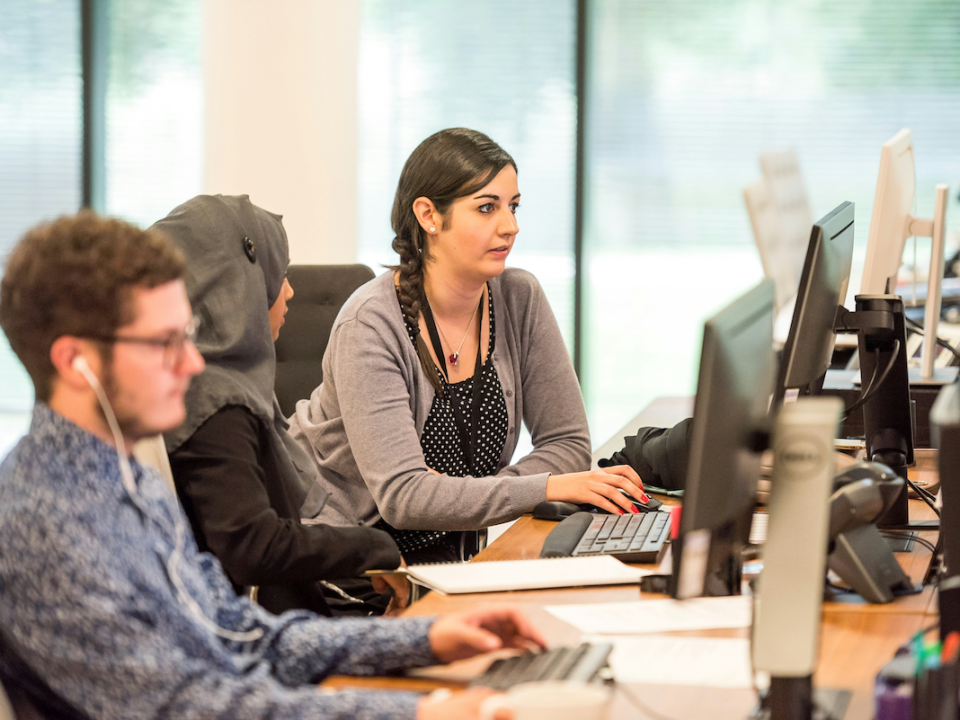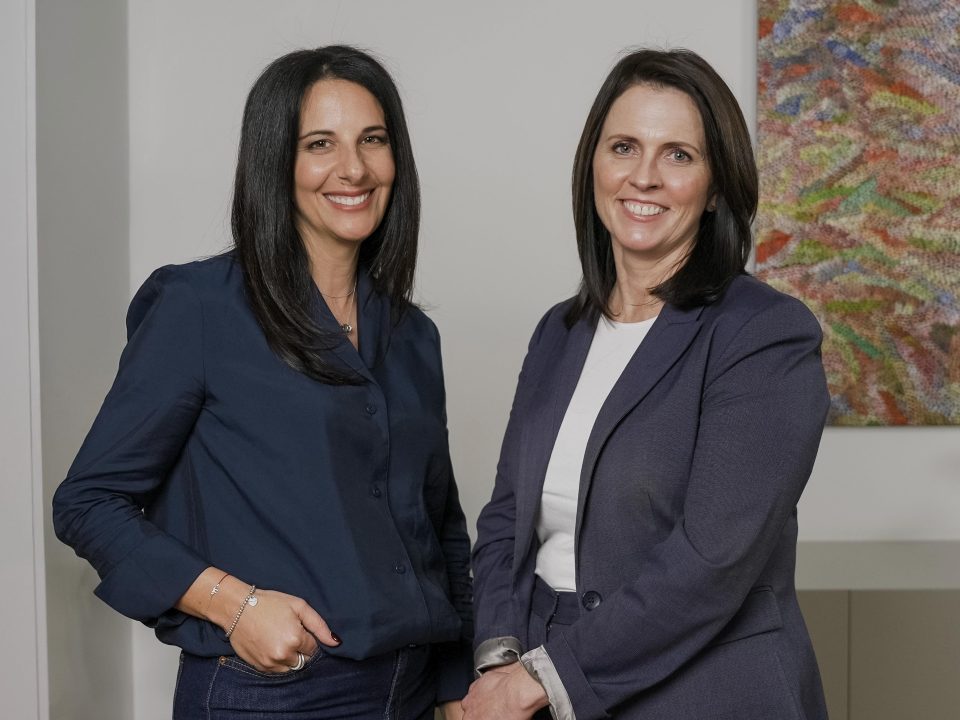How to protect older workers from psychosocial hazards and risks in the workplace
Globally, the population is ageing. According to the Australian Bureau of Statistics, about 15% of the Australian population were aged over 65 in 2017, and this is expected to increase to 20% by 2037. There are more older Australians (e.g. 50 years or over) participating in the workforce, jumping from 47% in early 2000, to over 65% today. These changes are driven by various factors including increased cost of living, longer lifespans, low fertility rates etc. all leading to longer working lives.
As the population ages, the nature of retirement is changing, and it is important for organisations to be aware of this. Historically, retirement was a standard process of a quick and permanent exit from full-time work at 65 years of age. Now there is no formal retirement age in most circumstances, and people are working longer either by choice or necessity. Some workers are seeking alternative forms of retirement, including phased retirement, transitioning into unpaid work, entering an entirely new field, or starting abusiness.
You’ll often hear us talking about the messy intersection between life and work, and the ‘messiness’ in the late career to retirement transition is no exception. Older workers are dealing with a range of issues like ageism, health-related changes such as menopause, additional caring responsibilities with ageing parents, and changes in identity from adult children leaving home.
Organisations need to engage older workers before they begin to think about retirement. Transitioning Well’s Rachael Palmer says what organisations need to do, in collaboration with employees, is find out what are the most appropriate work adjustments for older workers. ‘Ask, don’t assume’ what your workers need in this life stage.
“The alternative is, all the wisdom, experience, emotional intelligence, diversity – all these things that are good for business – walk out the door,” says Rachael Palmer.
Watch the full video below:
6 Tips for supporting successful transitions to late career and retirement
Raise awareness and listen to employees
- Raise awareness of the value and benefits of an ageing workforce by educating senior leaders about ageism, ‘stereotype threat,’ and implicit bias. Examine the assumptions made about age at each stage of the employee life cycle from recruitment to retirement and integrate ageing workforce considerations into strategic planning.
- Educate people about older workers to dispel myths and stereotypes about ageing. Older workers are a heterogeneous group that span at least two generations. Peoples needs change from late career through to retirement, and differ between individuals.
- Assess the supports available to older workers. Listen to older employees to understand their needs and concerns, analyse workforce data, and review existing policies and practices. Use feedback and data to identify specific risks and opportunities relating to late career and transition to retirement.
Review policies and processes
- Ensure recruitment processes are free from discrimination and bias. Develop recruitment material that is attractive to older people. Consider age diversity when choosing the make-up of the interview panel. Incorporate ‘blind recruitment’ where possible (applicants do not disclose their age or other identifying information and are instead judged only against inherent job requirements).
- Enable knowledge transfer through formal and informal mechanisms. Introduce mentoring or buddy systems that facilitate two-way learning across different age groups. Succession planning is also an important part of this knowledge transfer and can help individuals feel comfortable and prepared to retire.
- Be open to flexible working arrangements. Flexibility is valuable for all ages and people 55 years or older are entitled to request flexible working arrangements. Best practice flexible working arrangements go far beyond part-time work or work- from-home. Options that appeal to older workers may differ from other life-stages and include longer periods of leave for travel, ‘lifestyle rosters’, and ramping down to retirement.
Establishing a reputation as an employer that provides genuine and practical support to older workers can contribute to a healthy and engaged workforce. Workplaces that educate and encourage help-seeking behaviours by providing practical tools, resources and information can help those in the late career phase to successfully navigate this tricky life stage.
To find out more about how Transitioning Well can help you older workers in your workplace, take a look at our transition coaching resources.



